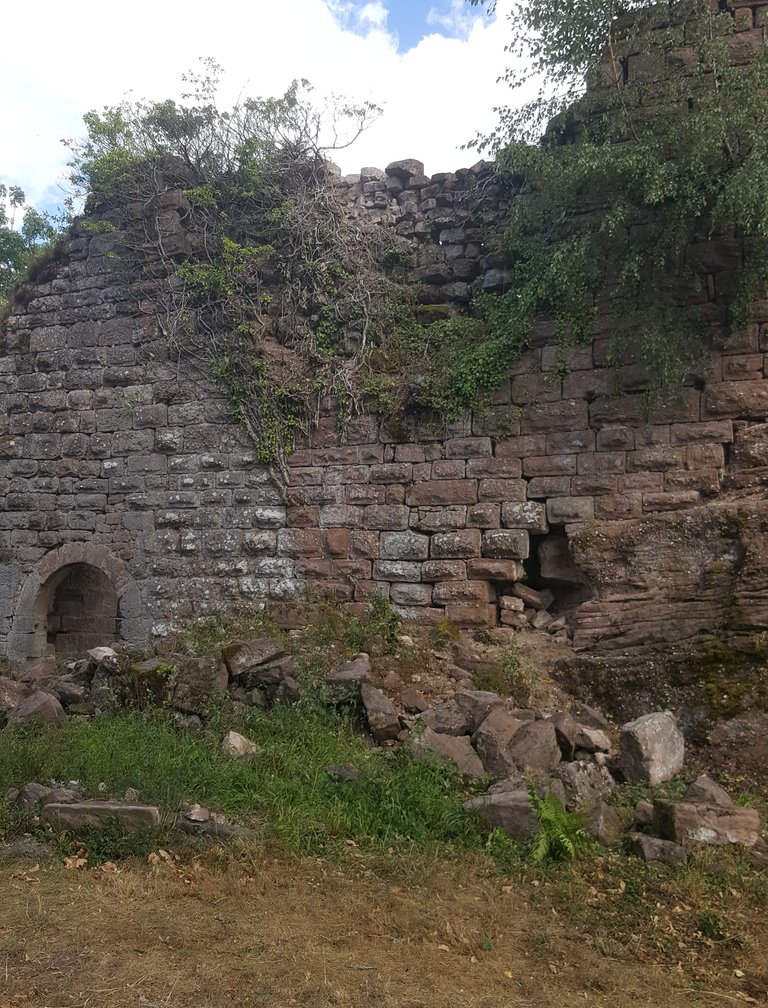
🇮🇹 Che posto fantastico che abbiamo trovato oggi.
Certo è abbastanza dura arrivarci a piedi visto che dalla stazione ci abbiamo messo circ 2 ore di cammino e 700 mt di dislivello ma alla fine ne è valsa la pena. Questo castello, o meglio le rovine di questo castello è stato per molto tempo una delle fortificazioni piu grande dell'intera Alsazia. Comunque mi sono appuntato la sua storia in modo da rendervi partecipi il più possibile.
Ecco cosa ho raccolto:
Ad un'altitudine di 565 m, che domina la valle della Bruche, Guirbaden è il più grande castello fortificato dell'Alsazia con i suoi 270 m di lunghezza e 70 m di larghezza.Le prime tracce di un "burgberg" risalgono al 974, costruito dai conti di Dabo-Eguisheim, una delle più potenti famiglie della regione, per difendere la proprietà dell'Abbazia di Altorf. Si cita Girbadun per la prima volta nel 1137 durante la consacrazione della cappella Laubenheim. Fu distrutto e smantellato nel 1162 da Frédéric Primo Barbarossa per liberare i prigionieri che vi erano tenuti dal conte Hugues. Quando l'ultimo conte di Dabo morì nel 1211, il castello passò per matrimonio al duca Thiébaut I di Lorena, marito di sua figlia Gertrude. Nel 1218 quest'ultimo lanciò un attacco dei Girbaden contro la città imperiale di Rosheim. Il suo fallimento lo costrinse a cedere parte del castello all'imperatore Federico II di Hohenstaufen. Probabilmente fu lui a costruire il nuovo castello occidentale (che comprende la cappella di San Valentino e la torre della fame). Nel 1226, il re Enrico VII, figlio di Federico II, rinunciò ai suoi diritti su Guirbaden dopo la morte di Gertrude nel 1225. Nel 1236, il vescovo divenne l'unico proprietario e ne affidò la custodia ai vassalli delle famiglie di Mullenheim, Landsberg. Uttenheim, Hohenstein. All'inizio del XIV secolo il vescovo Bechtold de Bucheck rafforzò le difese esterne costruendo il secondo recinto. Dal 1477 al 1689 la famiglia di Rathsamhausen lo avrà come feudo e farà costruire il terzo recinto alla fine del XV secolo. Nel 1633, durante la Guerra dei Trent'anni, una guarnigione episcopale vi fu assediata dagli svedesi. Reso inabitabile da un incendio che sarebbe stato appiccato dagli stessi difensori, il castello fu definitivamente smantellato nel 1657 dai soldati di Luigi XIV, la rovina era privata. Classificato come monumento storico dal 1898.
Ecco, adesso una carrellata di foto per provare a mostrarvelo al meglio.
Buonaserata! 💪
🇬🇧 What a great place we found today.
Of course it is quite hard to get there on foot since from the station we took 2 hours of walking and 700 meters of altitude but in the end it was worth it. This castle, or rather the ruins of this castle has long been one of the largest fortifications in the whole of Alsace. However, I have pinned his story so that you can participate as much as possible.
Here's what I collected:
At an altitude of 565m, overlooking the Bruche valley, Guirbaden is alsace's largest fortified castle with its 270m long and 70m wide. The first traces of a "burgberg" date back to 974, built by the accounts of Dabo-Eguisheim, one of the most powerful families in the region, to defend the ownership of Altorf Abbey. It is mentioned Girbadun for the first time in 1137 during the consecration of the chapel Laubenheim. It was destroyed and dismantled in 1162 by Frédéric First Barbarossa to free the prisoners held there by Count Hugues. When the last Earl of Dabo died in 1211, the castle passed by marriage to Duke Thiébaut I of Lorraine, husband of his daughter Gertrude. In 1218 the latter launched a Girbaden attack on the imperial city of Rosheim. His failure forced him to cede part of the castle to Emperor Frederick II of Hohenstaufen. He probably built the new western castle (which includes Valentine's Chapel and the Hunger Tower). In 1226, King Henry VII, son of Frederick II, renounced his rights over Guirbaden after Gertrude's death in 1225. In 1236, the bishop became the sole owner and entrusted custody of the vassals of the mullenheim, Landsberg families. Uttenheim, Hohenstein. At the beginning of the 14th century, Bishop Bechtold de Bucheck strengthened the external defences by building the second fence. From 1477 to 1689 The family of Rathsamhausen will have it as a fiefdom and build the third enclosure at the end of the 15th century. In 1633, during the Thirty Years' War, an Episcopal garrison was besieged by the Swedes. Rendered uninhabitable by a fire that would be set by the defenders themselves, the castle was finally dismantled in 1657 by the soldiers of Louis XIV, the ruin was private. Classified as a historical monument since 1898.
Here, now a roundup of photos to try to show you the best.
Good evening! 💪
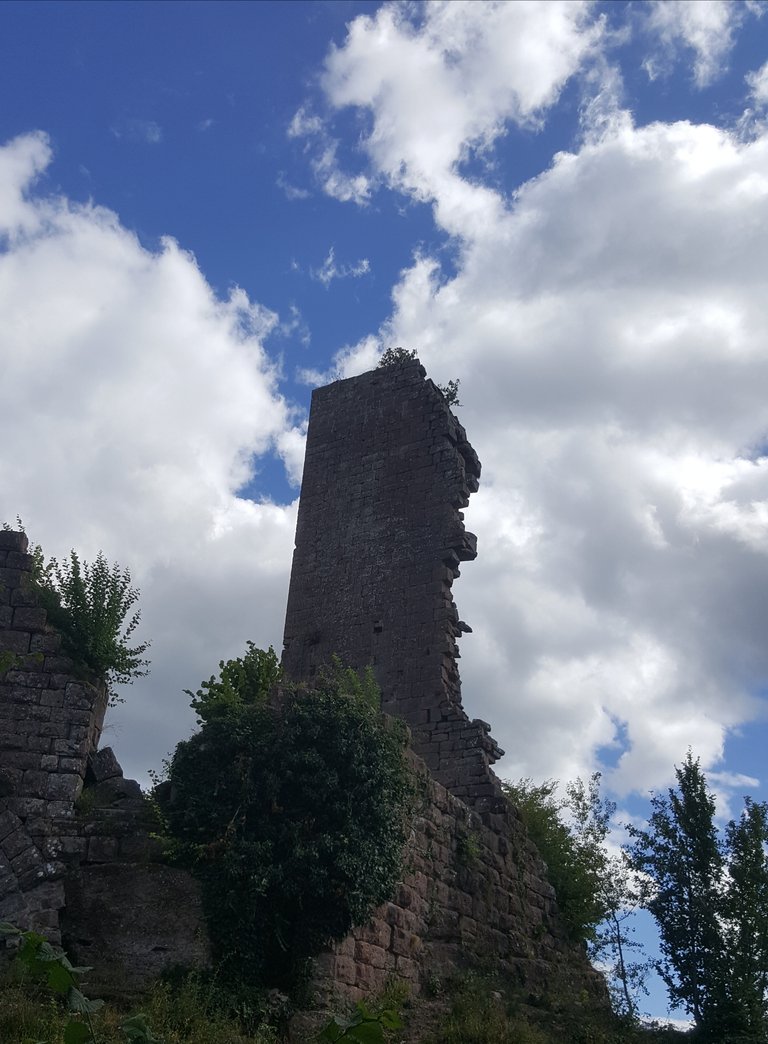
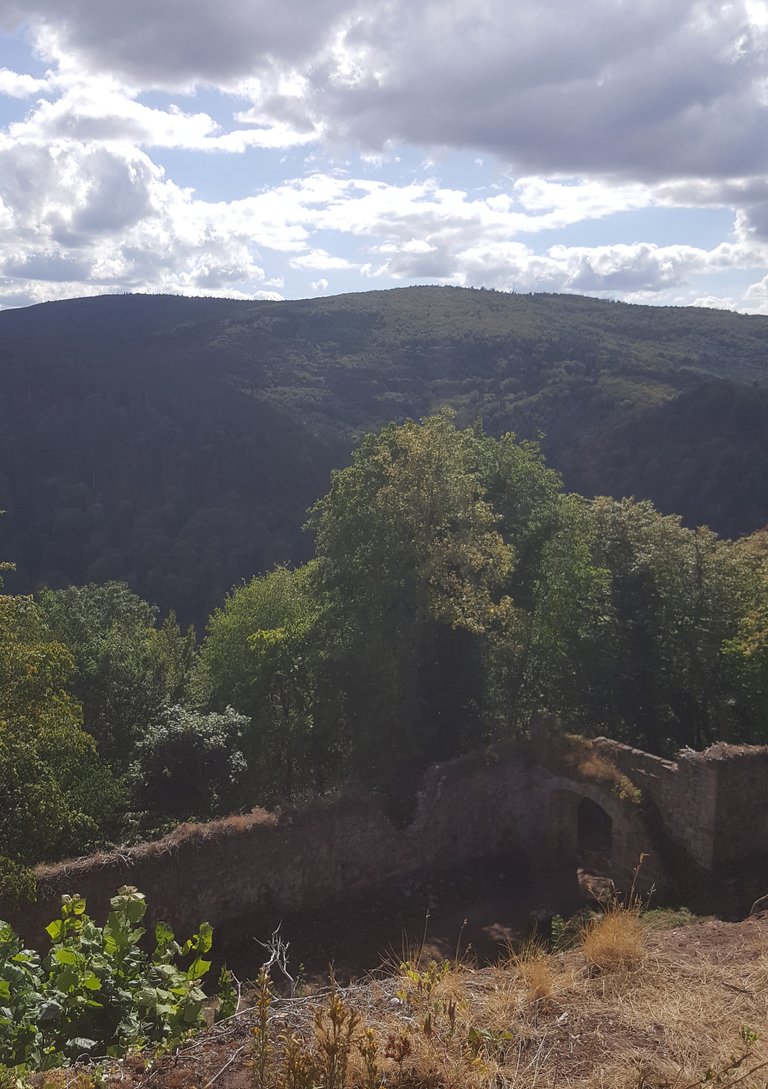
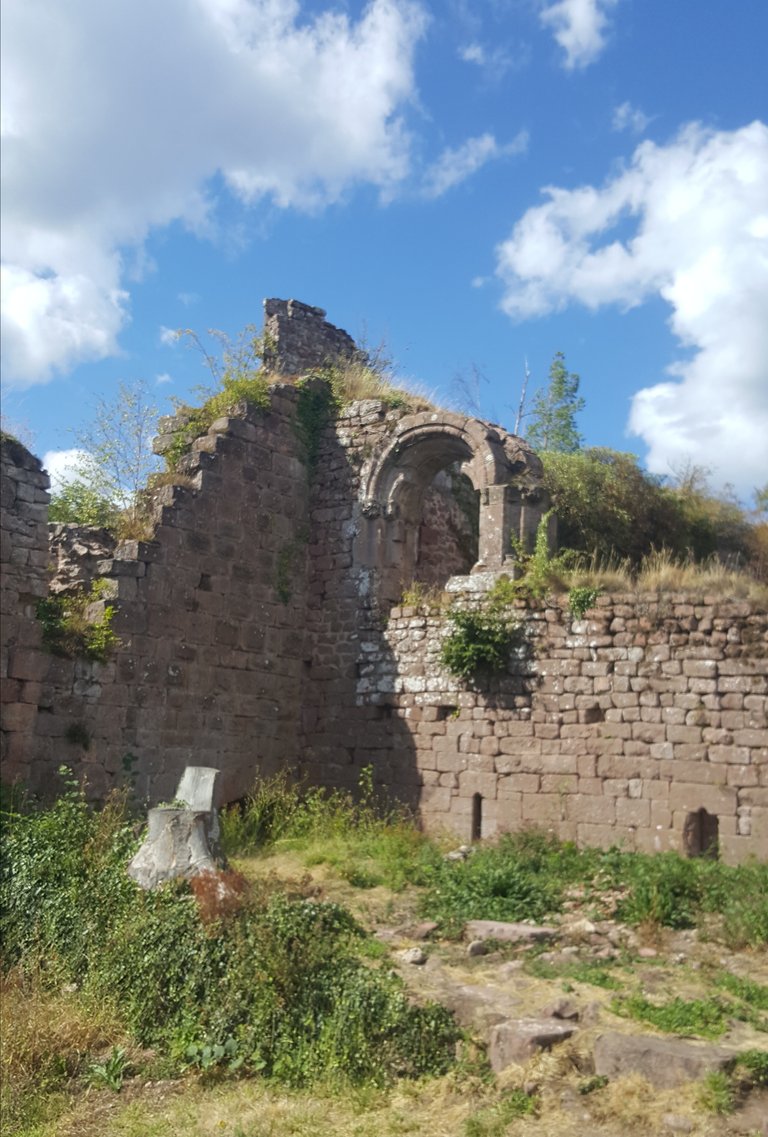
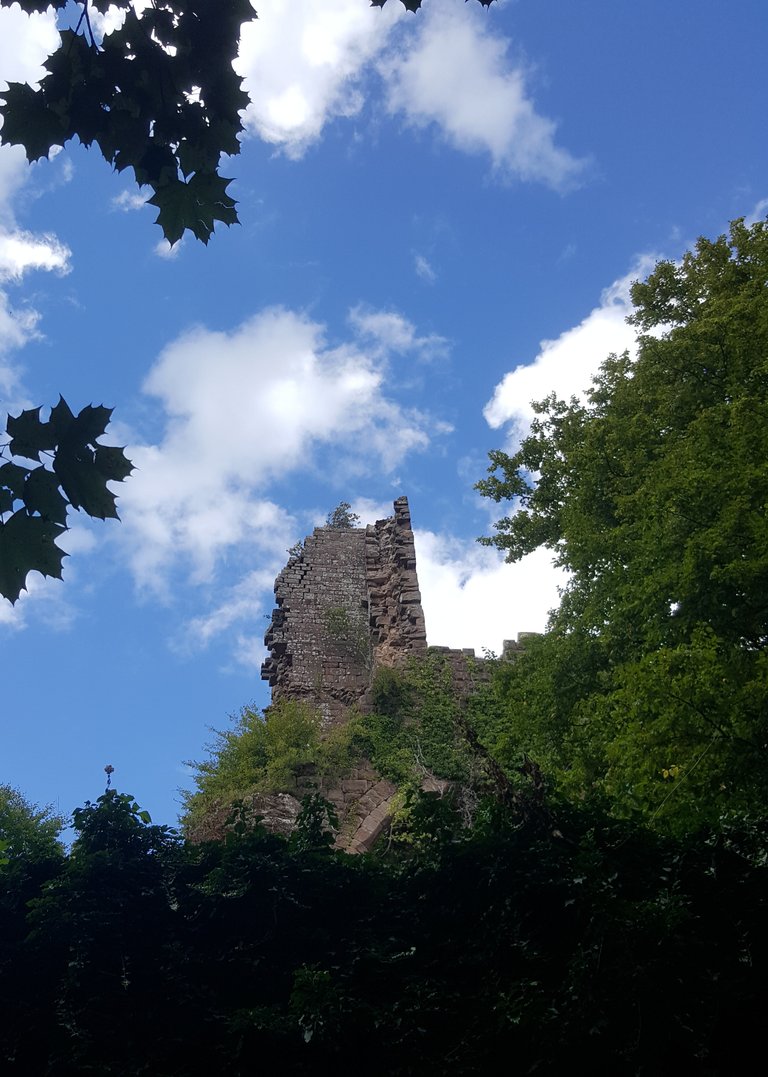



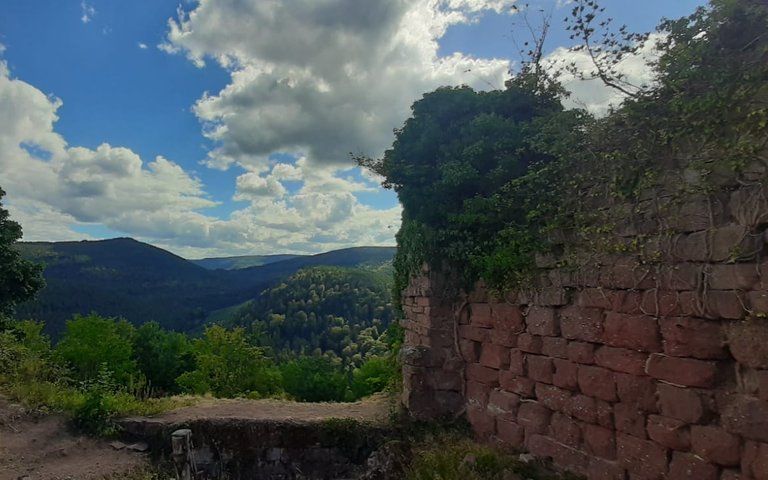

Un bel book fotografico davvero, complimenti anche per la componente letteraria di questo post, ottimo lavoro...
!BEER
Grazie mille davvero! 💪 !BEER
Sorry, you don't have enough staked BEER in your account. You need 24 BEER in your virtual fridge to give some of your BEER to others. To view or trade BEER go to hive-engine.com
View or trade
BEER.Hey @elrosso, here is a little bit of
BEERfrom @mad-runner for you. Enjoy it!Learn how to earn FREE BEER each day by staking your
BEER.Congratulations @elrosso! You have completed the following achievement on the Hive blockchain and have been rewarded with new badge(s) :
You can view your badges on your board And compare to others on the Ranking
If you no longer want to receive notifications, reply to this comment with the word
STOPDo not miss the last post from @hivebuzz: